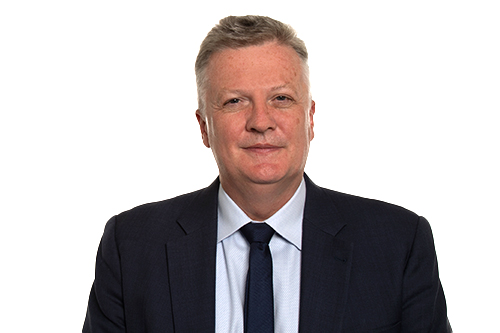A recent survey of chief financial officers at 22 leading European insurers by ratings agency Moody’s put persistent inflation at the top of their list of concerns for the next 12 months.
The generally downbeat assessment of the prospects for economic growth in the major economies and the market volatility around the world are combining the drive insurers to pursuing much more conservative investment strategies, writes Contributing Editor David Worsfold.
The search for yield during the decade of rock-bottom interest rates has led insurers to explore riskier investments, although the proportions added to investment portfolios has never been significant. Even that modest step towards greater risk taking could be coming to an end, according to the Moody’s survey.
“Compared with our previous survey, more respondents plan to reduce their real estate investments. At the same time, more insurers expect to increase their allocation to Baa-rated bonds while reducing their sub investment grade exposures.
“We expect global speculative-grade corporate defaults to increase to 4.4% in 2023, above the long-term average, but to remain below recessionary highs.”
Moody’s also found that enthusiasm for deploying excess capital is on the rise with half of respondents saying they plan to deploy excess capital in 2023 – up from 29% in Moody’s previous survey. This reflects improved solvency, something reported on by ratings agency Fitch last month.
“CFOs’ preference is to channel the surplus into new business or distribution capabilities, rather than M&A, and/or to return capital to investors,” said Moody’s.
“Respondents plan no debt issuance in excess of refinancing needs, reflecting higher rates and a big rise in leverage metrics in 2022. Around 64% expect IFRS 17 to reduce shareholder’s equity in their life insurance businesses, with 27% citing this as a top three risk in 2023.”
Bank shares concern
 Persistent inflation is also top of Bank of England concerns as it shapes monetary policy, Huw Pill, chief economist and executive director for monetary analysis and research at the Bank (pictured), told an International Centre for Monetary and Banking Studies conference just before Easter.
Persistent inflation is also top of Bank of England concerns as it shapes monetary policy, Huw Pill, chief economist and executive director for monetary analysis and research at the Bank (pictured), told an International Centre for Monetary and Banking Studies conference just before Easter.
He said the challenge of separating transitory and persistent inflationary pressures was key to framing monetary policy over the next one to two years.
“By implication, monetary policy should focus on the inflationary impact of a shock at the 12 to 24 month horizon (or beyond): that is to say, on the more persistent implications of the shock. The inflationary implications of a shock that unwind of their own accord within the period defined by the lag in monetary policy transmission – what have been labelled the transitory inflation impact – are, by nature, of less relevance for monetary policy since there is little monetary policy can do to affect them.
“The case for monetary policy makers to focus on the persistent component of inflation is therefore clear. But implementing this approach in practice inevitably faces a number of practical problems.
“In real time, identifying the character and magnitude of the underlying shocks is difficult. The propagation of these shocks to consumer price inflation is uncertain and possibly changing through time, as is the transmission mechanism of monetary policy itself. The lags in monetary transmission are not just long and variable, but also not fully predictable. I address these issues in the remainder of this talk.
Nevertheless, the MPC’s [Monetary Policy Committee] focus on the persistent element of CPI inflation is consistent with both its remit – which emphasises that the inflation target ‘holds at all times’ – and with the medium-term orientation of its policy strategy – which emphasises that the Committee seeks to reach the inflation target ‘sustainably in the medium term’.”

